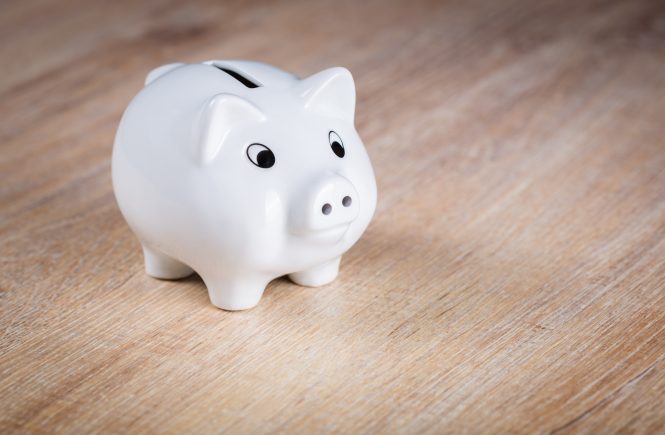Simple Tips for Maximizing Your Individual Savings Account (ISA)
You probably have an ISA that enables you to save and invest money tax-free for up to 20,000. However, I would like to ask you whether you are getting the best returns on your money or just have mediocre returns. If you want to maximize your Individual Savings Account (ISA), you must read on to find out.
Maximize Your Allowance as an Individual or as a Couple
I can save up to 40,000 into my individual ISA in the current tax year until April 2022. You might be wondering how I can do this, yet the law states that I can only save a maximum of 20,000 per year. Let me assure you that this is not illegal and you do not have to be a genius to do it. In case you did not have any ISA savings, then you can also do it.
Let me explain how you can do this. The tax year runs from April of the previous year to April the next year. This means that if I put 20,000 between January to the end of March this year, I can add another 20,000 in April again since it will be a new tax year. I have some more good news if you are married. You can double these contributions and get to invest 80,000 tax-free on capital gains of up to 12,000 per person per year. If you have not been taking this allowance, then you have missed an opportunity to make tax-free money or lost money due to taxes on interest earned.
Diversify Your ISA
Money in your ISA is not meant to stay idle as it gets eaten away in value by inflation. This is money that you can invest and get tax-free capital gains. When I am investing my ISA, I distribute it between cash, stocks and shares. Cash is used to buffer me when I do not want to withdraw money from my investments during a drop in stocks. I also distribute some money to government bonds that preserve my capital no matter how the market performs. Some of my money is also allocated to individual stocks and shares. Having a balanced portfolio reduces my risk and optimizes my potential return.
Do Not Time The Market, Instead Spend Time In the Market
Any good finance expert will tell you that you can never predict the best time to invest, and the only thing you can do is assess the historical performance of the market. Instead of trying to time the market, I allocate money to possibly invest in the beste Biotech Aktien (best biotech stocks), as well as the stock market regularly, and when that particular market dips, I buy more stocks to take advantage of the average cost of the pound. The important thing is time in the market and not trying to time the market.

Understand your Risk Tolerance
When deciding what asset classes you want to invest in, you need to assess your risk tolerance. I have a low tolerance to losses, so half of my investments are in capital preservation classes like bonds and cash, whereas the remaining amount is in shares.
Track Your ISA Balance and Do not Have Many ISAs
I always check my ISA allowance before making any deposits to make sure that I do not exceed the 20,000 limit. Exceeding this limit will lead to the HMRC returning the excess money together with a tax bill. The same thing will also happen if I open more than cash ISA or stocks and shares ISA per year.
Transfer All ISA Accounts to a Single Account
If you are like me, you must have been shopping across the years to see which financial institution offered the best interest rate at that time and opened an account with them. At one point, tracking all these accounts became too hectic for me. I just transferred money from all my ISAs to a single ISA account to avoid all this confusion. Transfers are tax-free and you can even convert previous cash ISAs to stocks and shares ISAs. As you transfer your ISAs, make sure you comprehend the conditions and terms of the account lest you incur penalties for some cash ISAs due to early withdrawals.
If you have not been maximizing your ISA allowance, I hope the tips above will help you out just like they helped me.

